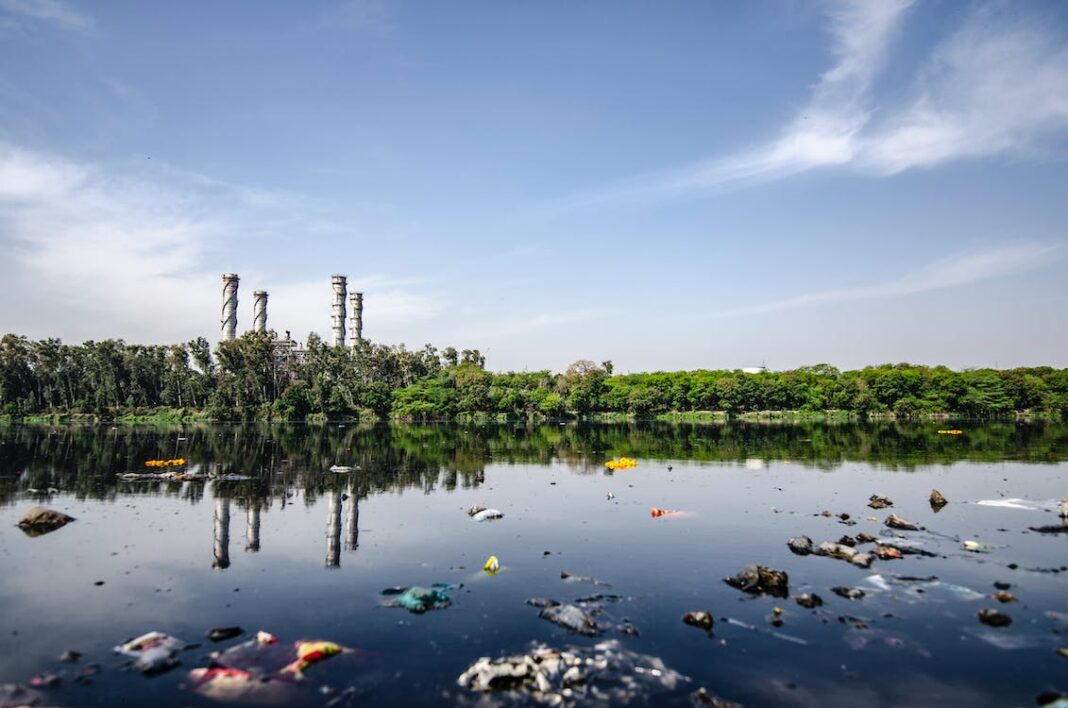The Impact of Industrial Wastewater: Effects, Sustainable Solutions, and More
Infrastructural development brings a myriad of environmental concerns. For instance, industrial wastewater has been a topic of debate among environmentalists for many years.
The Environmental Protection Agency (EPA) states that this water contains high pollution levels that deteriorate freshwater quality when discharged into the environment. You’ll find harmful viruses, bacteria, and other microorganisms in this contaminated water. Unfortunately, untreated wastewater can degrade human health by causing water-borne diseases.
In this blog, we’ll learn more about the impacts of wastewater, discuss some sustainable solutions, and more.
The Effects of Industrial Wastewater Contamination
Reports suggest that America generates 34 billion gallons of wastewater every day. This wastewater can get leaked into the environment due to improper treatment and regulation. Similarly, due to the lack of disposal infrastructure, it’s released into rivers, lakes, seas, and oceans.
When that happens, metals and chemicals get mixed with the fresh air, fertile soil, and good-quality water. These include heavy metals, per- and polyfluorinated substances (PFAS), petroleum products, arsenic, volatile organic compounds (VOCs), and more.
All these chemicals can lead to devastating catastrophes, affecting aquatic and animal life. For instance, pathogens, solids, and contaminants lead to coral bleaching, high mortality rates in fish, etc.
Humans also face a lot of health problems because of this. Wastewater will contain pathogens that produce toxins. When exposed, these can lead to immune system suppression, acute poisoning, and fertility issues. On average, 7.2 million Americans fall sick every day from water-borne diseases.
The Camp Lejeune Incident: A Waste Dumping Nightmare
ScienceDirect states that wastewater can be created during cleaning activities and other industrial processes. The same can happen due to industrial dumps and leaks into water systems. Wastewater can also be created due to the release of chemical solvents.
The latter happened at a Marine Corps base located in Onslow County, North Carolina. Camp Lejeune’s drinking water suffered industrial contamination because of an off-base dry cleaning company. Their illegal waste disposal methods in neighboring water bodies caused veterans and civilians to suffer serious consequences.
Unfortunately, the government knew about this and covered up the accidental spills and improper disposal of contaminated wastewater. As a result, the chemicals seeped into the groundwater and made their way to the base’s treatment plants.
Between 1953 and 1987, the drinking water at this military base was contaminated by VOCs. Back then, no one knew about the chemicals, and over one million residents used this water for daily activities.
Slowly, these individuals started to develop serious health conditions. Examples include all types of cancer, multiple myeloma, fertility issues, ALS, etc. Once the victims learned about the cover-up, they wanted compensation for their suffering.
However, they couldn’t get justice for many years because the government had diplomatic immunity. According to TorHoerman Law, it wasn’t until the Camp Lejeune Justice Act (CLJA) of 2022 that the victims could finally file lawsuits against the government.
The CLJA allowed veterans, their families, and civilians to seek compensation for their suffering. On average, the Camp Lejeune settlement amounts can range between USD 10,000 and USD 1,000,000.
Unfortunately, nothing can ever amount to the horrific injustice these victims went through because of improper wastewater management techniques.
3 Types of Sustainable Solutions for Industrial Wastewater Treatment
Once water gets contaminated, it’s really difficult to reverse the effects. For example, the contaminated water treatment plants at Camp Lejeune were shut down for many years due to their high chemical content.
That’s why governments need to adopt a sustainable solution to revolutionize wastewater management. These can help remove harmful pollutants without having to discharge the wastewater into the environment.
Some of the sustainable applications for wastewater treatment include the following:
#1. Fabricated Catalysts
Nature magazine suggests using a fabricated catalyst method to remove toxins from water. This treatment method is an eco-friendly way to reuse wastewater.
Researchers from Khalifa University in the United Arab Emirates are developing cutting-edge nanotechnology for sustainable wastewater management. Their technology successfully degraded organic compounds in contaminated water using a photoelectrocatalysis method under UV light irradiation.
#2. Liquid Bio-Organic Flocculants
Bio-organic flocculants are more sustainable than metal salts and synthetic polymers. This biotechnology attracts the coalescing particles in the water to form clumps. Hence, it can easily remove organic and inorganic compounds from the wastewater by accumulating them.
Some scientists have developed a sustainable water treatment solution called ZeoTurb. This innovative technology can help manage industrial wastewater without harming the environment.
#3. Recycle and Reuse Technologies
Did you know that various sustainable water treatment processes can help industries reuse their wastewater? These include the following:
> Desalination to remove minerals and clarification to clear solid particles
> Crystallization and filtration methods to recycle water from waste streams
> Disinfection treatment to remove harmful microorganisms
> Membrane technology to filter unwanted minerals from water
> Sewage sludge treatment to dispose of industrial waste
Other than these, water purification plants can also recycle and restore wastewater before it reaches live water streams. Moreover, the zero liquid discharge method can purify water through methods like advanced desalination, ultrafiltration, reverse osmosis, etc.
In summary, industrial wastewater can negatively affect life on Earth. Thankfully, there’s a rising demand for wastewater treatment plants. However, the increase in industrial consumption makes it hard.
That’s where sustainable solutions for water pollution come into play. Examples include fabricated catalysts, liquid bio-organic flocculants, etc. These will help conserve water resources and reduce their environmental impact.
